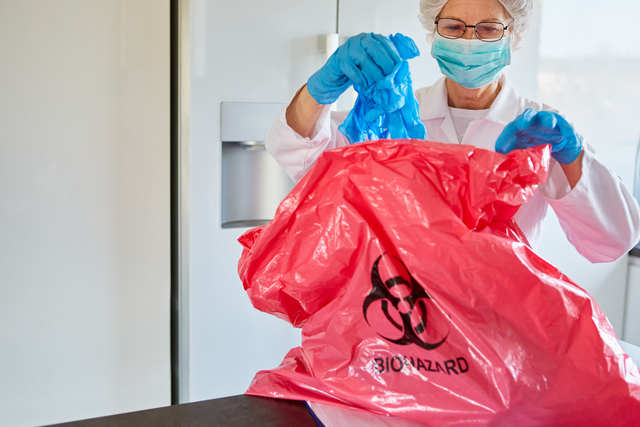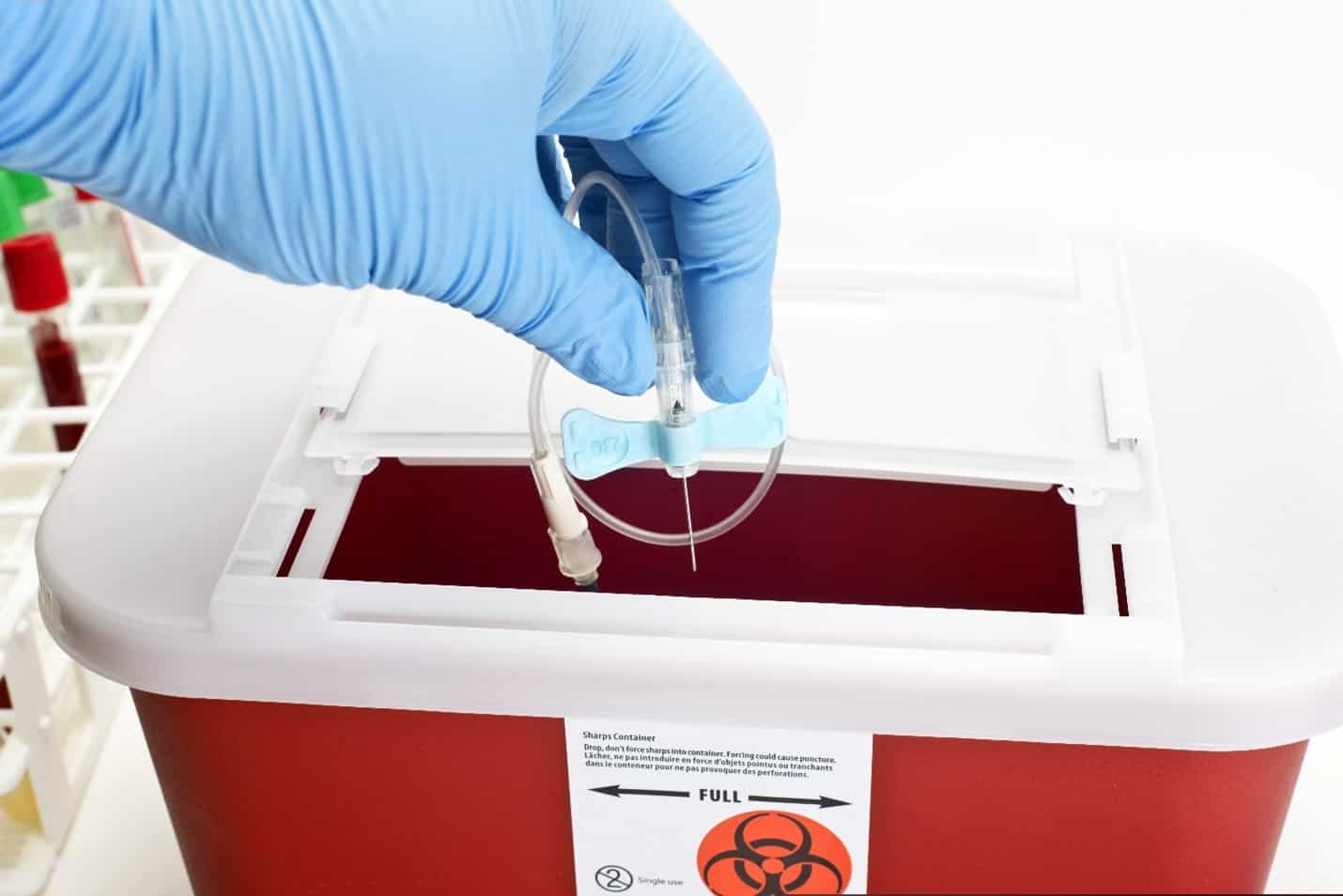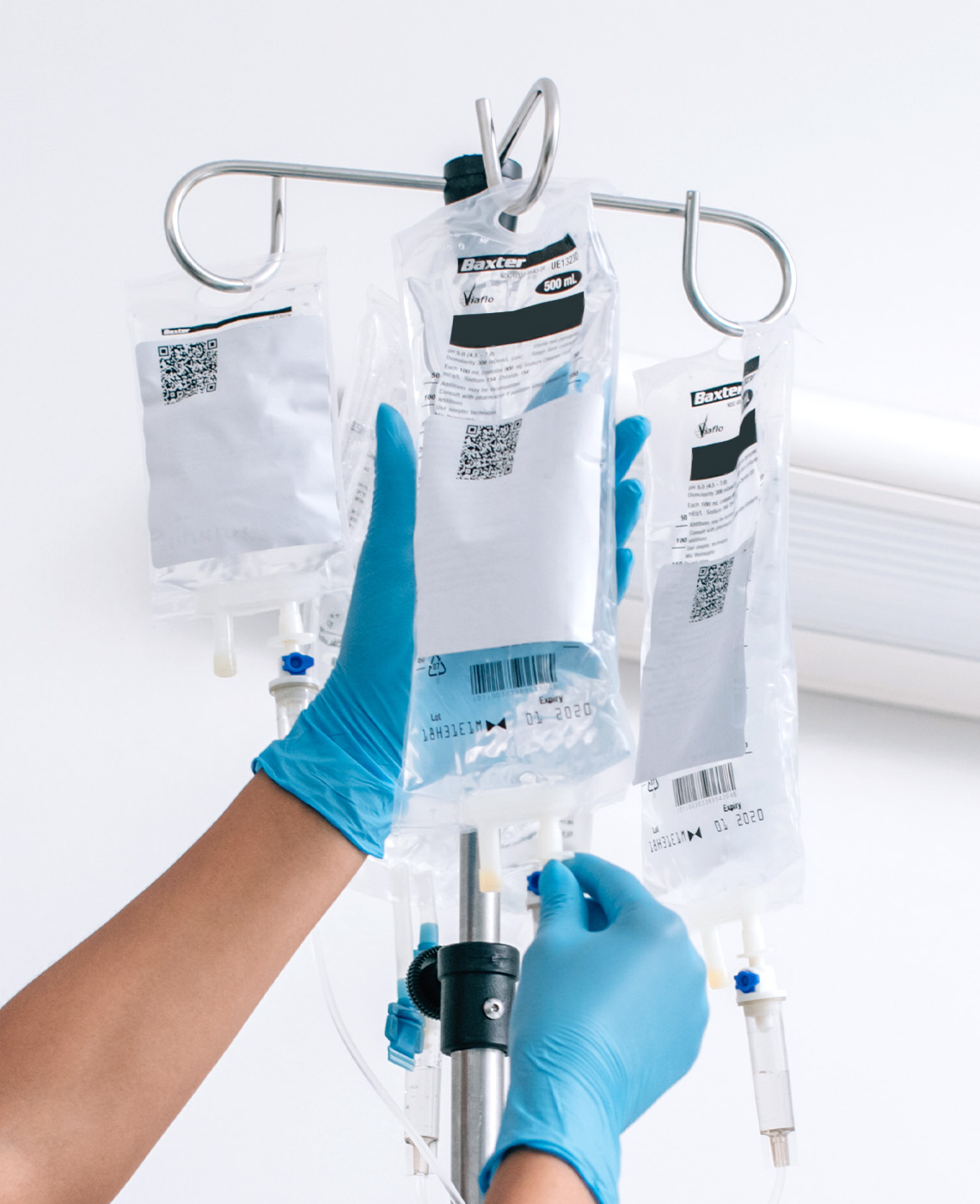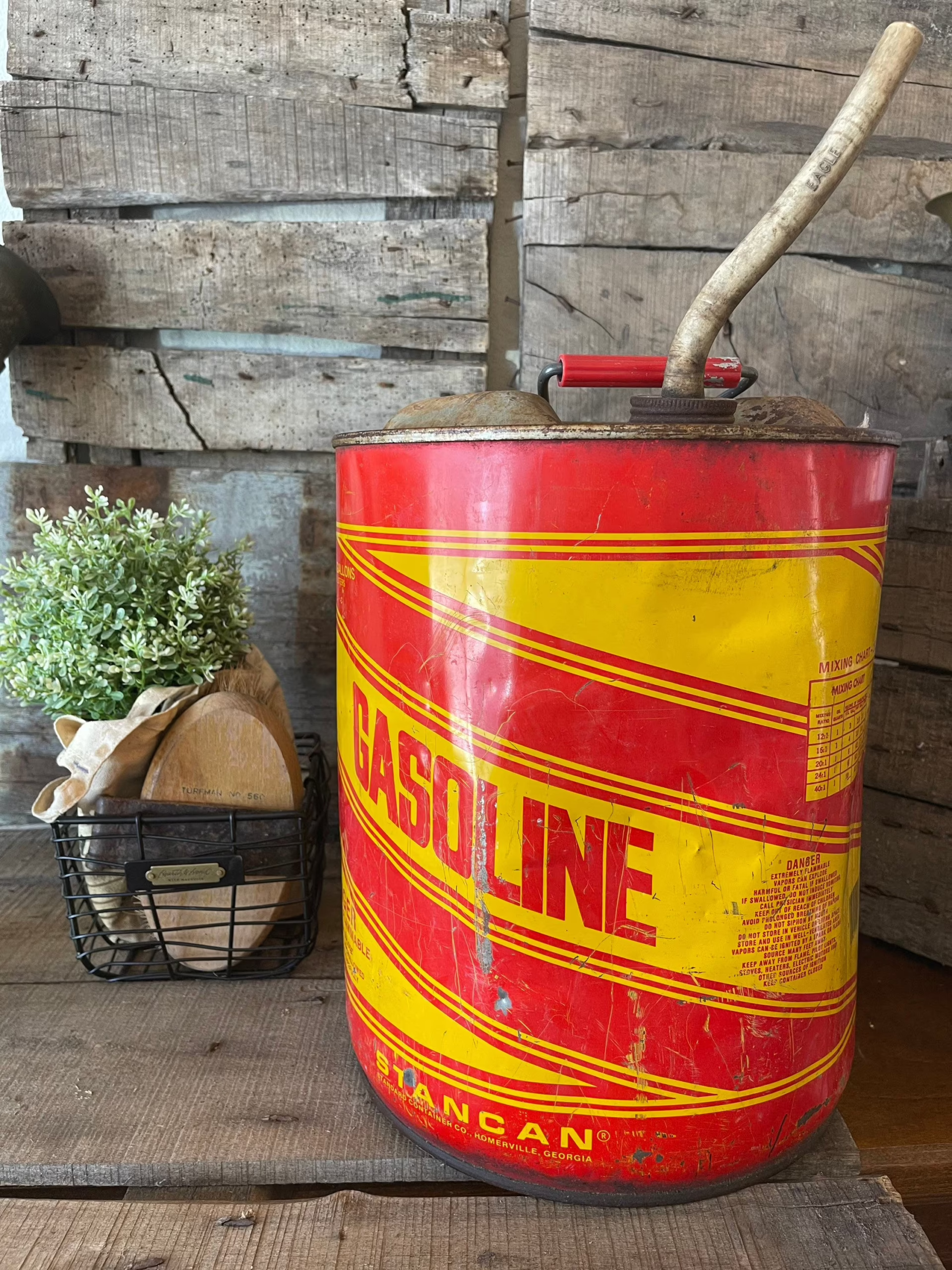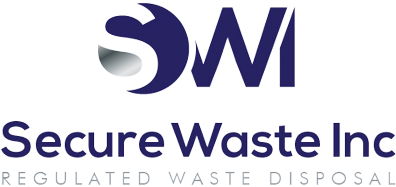What Goes In The Red Biohazard Bag And What Not To Put In Biohazard Bag: Expert Solutions From Secure Waste
What is this red biohazardous waste bag, and what goes in it? Secure Waste explains with expert solutions. Within the healthcare world, physicians and clinical and administrative staff play essential roles in keeping our communities healthy and safe.
A key part of this responsibility lies in properly disposing of medical waste, primarily through red waste bags. These bags are specially designed to isolate certain kinds of medical waste that can pose infection risks if mixed with regular trash, eventually ending in local landfills.
However, understanding the guidelines for what should go into these bags can sometimes be tricky, and we’re here to help!
Medical waste service professionals know firsthand how confusing this can be, especially when dealing with waste from medical practices, clinics, and healthcare facilities.
It’s not uncommon to find that red biohazard bags may have misclassified items. Common missteps include non-hazardous waste accidentally tossed into these bags or other waste streams—like sharps or hazardous materials—ending up inappropriately included.
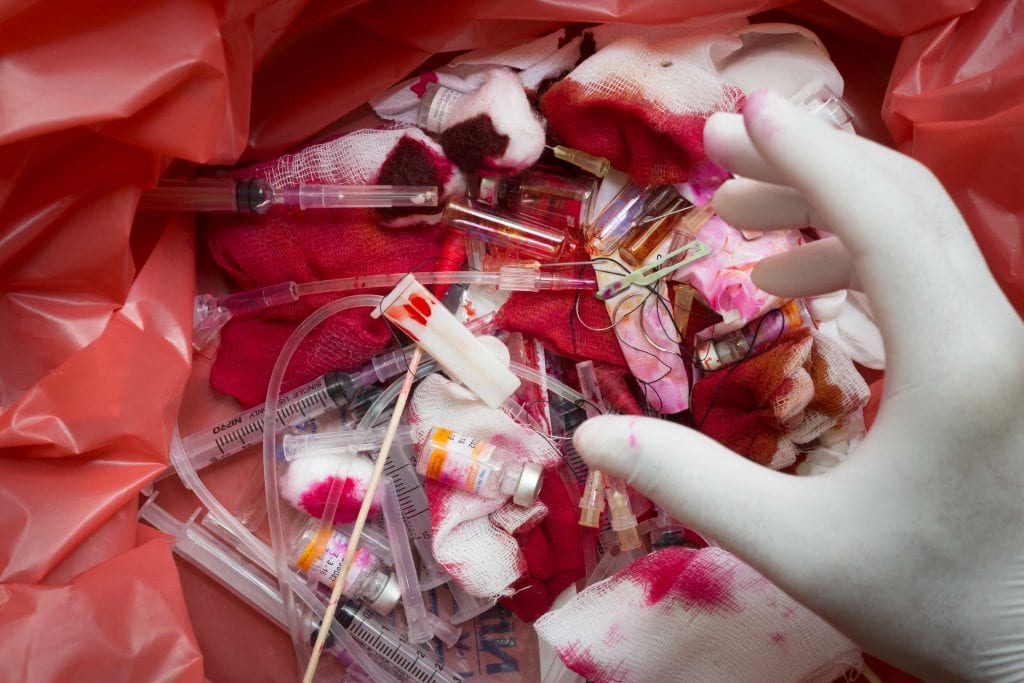
For practice managers and administrators, this situation can be challenging and lead to issues such as difficulties with waste pick-up, increased disposal costs, or even the risk of penalties and fines.
But don’t worry! We’ve put together a clear and friendly guide to help you understand what should and shouldn’t go into red medical waste bags.
What Should Go in Red Biohazard Bags?
Red medical waste bags are specifically for disposing of biohazardous regulated medical waste that can potentially transmit bloodborne pathogens. Based on OSHA’s Bloodborne Pathogens Standard, here’s what should be included:
- Liquid or semi-liquid blood and other potentially infectious materials (OPIM)
- Contaminated items that might release blood or OPIM if compressed
- Items that have dried blood or OPIM and could let these materials escape during handling
- Pathological and microbiological wastes that contain blood or OPIM
If there’s a chance that blood or OPIM could leak from an item during movement, it belongs in that red bag! Here are some everyday medical waste items that should be placed in red bags:
- Blood, blood products, and OPIM
- Dressings, cotton balls, specimen swabs, and other materials soaked with blood or OPIM
- Paper towels and disposable materials used for cleaning up spills involving blood or OPIM
- Disposable gloves or gowns soaked with blood or OPIM
- Tubing visibly contaminated with blood or OPIM
- Urine specimen containers with visible blood
- Tissues and small pathology waste
- Used culture plates, tubes, or bottles
What Should Not Go in Red Bags?
While it’s easy to place some things in red bags accidentally, certain waste products do not belong there, such as:
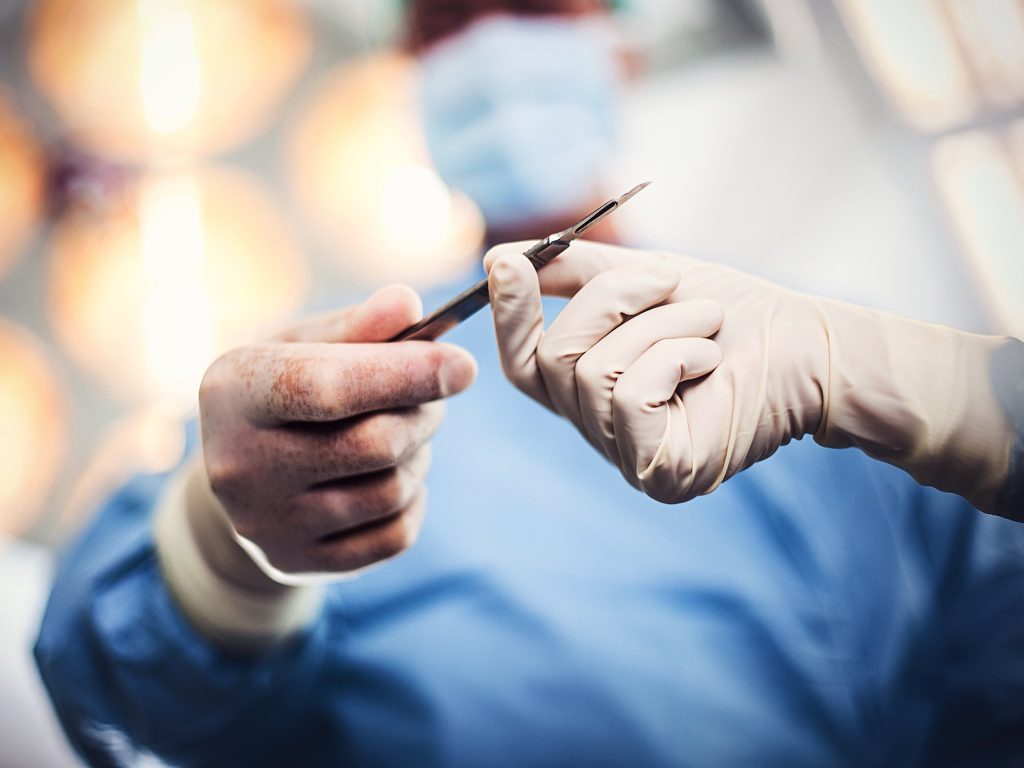
- Diapers or pads that are soaked with urine or soiled with feces
- Vomit or materials that are drenched in vomit
- IV bags
- Patient drapes (unless they are saturated with blood or OPIM)
- Disposable gowns and masks (unless they are saturated with blood or OPIM)
- Paper exam table covers (unless they are saturated with blood or OPIM)
- Bulk liquids
- Loose sharps
These lists provide a great starting point for understanding medical waste disposal but aren’t exhaustive. If you have any queries about classifying specific waste products generated in your workplace, don’t hesitate to contact your medical waste service provider.
If misclassification is a recurring challenge for your facility, could you ask about compliance training for your staff? Many providers offer training courses to enhance performance and streamline waste management processes.
Remember, only non-sharp biohazard waste should be put into red bags. Since regulated medical waste disposal can be significantly more expensive than regular waste, putting non-biohazardous items in red bags could lead to unnecessary costs.
A simple yet effective approach to minimizing the amount of regulated medical waste your facility creates is ensuring everyone knows where waste should go.
We appreciate your commitment to understanding and improving workplace practices! By working together, we can create a safer environment for all.
In closing, now you know what types of waste go into the red biohazard bag. We provide reliable, compliant, eco-friendly Biomedical waste disposal solutions for your facility’s needs. We have expertise in biomedical, hazardous waste, and Sharps container disposal. In addition, we provide customized waste management plans, including secure collection and transport and sustainable disposal practices.
Contact us today for a FREE Waste Assessment, or request a quote online!
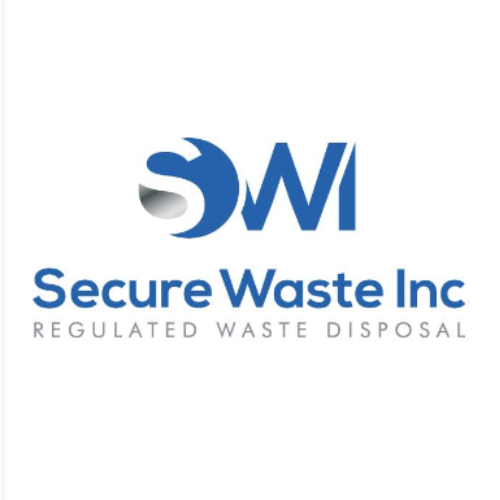
Expert Medical Waste Management: With over 25 years of industry experience, Secure Waste is a trusted local leader in hazardous and biohazardous waste disposal across Maryland, Virginia, and Washington, D.C. Specializing in medical waste management, sharps needle disposal, and biohazard waste removal, the company ensures full compliance with federal, state, and local regulations while prioritizing environmental sustainability.
The company also offers additional services, including secure document shredding and sharps container sales, providing comprehensive solutions for healthcare facilities and businesses. Our cost-effective services help clients maintain regulatory compliance without unexpected costs.
With a commitment to customer satisfaction, Secure Waste offers tailored waste management plans that align with industry best practices. Their team of experts provides reliable, timely, and compliant services, making them the preferred choice for medical waste disposal. For a free waste quote or more information, visit www.securewaste.net
